Wesleyan: Excelling in AP NS&B, Film, and Math — A Warm Guide for Students and Parents
Why this matters — a friendly note to students and families
Choosing AP courses and doing well in them is about more than just grades. For a place like Wesleyan — known for its vibrant arts scene, strong liberal arts curriculum, and an appetite for intellectual curiosity — demonstrating depth and genuine interest across subjects (science, film, and mathematics) can set you apart. This guide is written for the student who loves a late-night edit in Premiere, a parent helping map out senior-year priorities, and every curious mind in between.
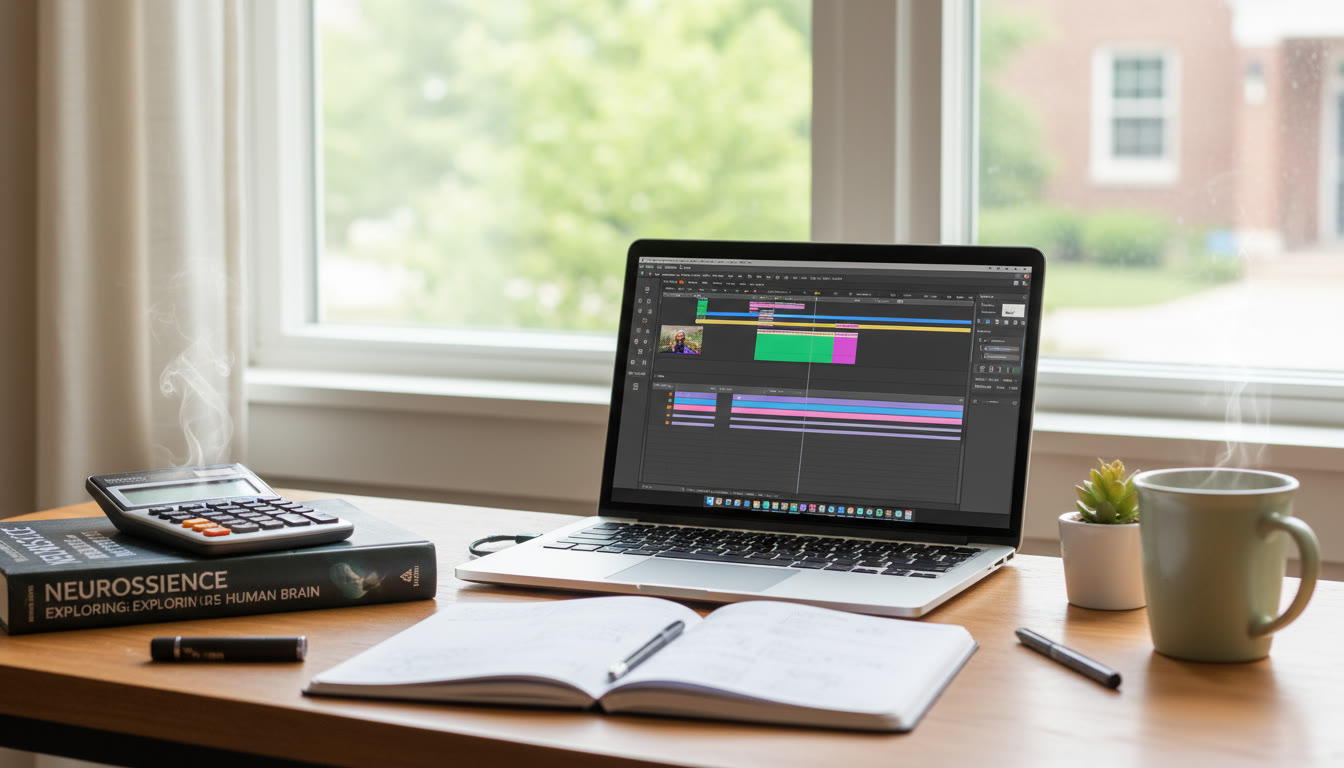
Overview: How AP NS&B, AP Film Studies, and AP Math fit together
These AP courses might seem distinct, but together they show a pattern: analytical thinking, creative literacy, and evidence-based argumentation. Admissions officers — including those at selective liberal arts colleges like Wesleyan — appreciate applicants who can bridge creative and quantitative worlds. Taking AP Neuroscience & Behavior (NS&B) shows scientific curiosity and experimental thinking; AP Film Studies signals critical and creative engagement; AP Calculus or AP Statistics (or both) demonstrates mathematical rigor.
How to think strategically
- Depth vs. Breadth: Pick courses that align with your passions but allow you to go deep in at least one area.
- Authenticity: Take the courses you genuinely care about — genuine engagement beats a stacked transcript of unrelated APs.
- Balance workload: Pair demanding APs with lighter electives or manageable extracurricular commitments to avoid burnout.
Getting oriented: What each AP communicates about you
AP Neuroscience & Behavior (NS&B)
AP NS&B tells college readers that you enjoy scientific inquiry about the brain and behavior. It demonstrates familiarity with experimental design, data interpretation, and the ethical dimensions of research — all of which translate well to majors such as psychology, cognitive science, neuroscience, biology, or even interdisciplinary studies.
Key skills students develop:
- Understanding experimental methods and controls.
- Interpreting data, charts, and statistical results.
- Discussing neuroscience in societal and ethical contexts.
AP Film Studies
AP Film Studies highlights visual literacy, cultural interpretation, and strong written analysis. It’s a signal that you can read images, understand narrative form, and make arguments about meaning, context, and technique — skills valuable in film, media studies, English, or interdisciplinary liberal arts paths.
Key skills students develop:
- Film analysis vocabulary (editing, mise-en-scène, cinematography).
- Comparative essays and evidence-based interpretation.
- Awareness of historical, cultural, and institutional contexts for film.
AP Math (Calculus AB/BC and AP Statistics)
AP Calculus shows mathematical maturity, problem-solving, and readiness for STEM or quantitative social sciences. AP Statistics signals comfort with data, probability, and real-world interpretation — increasingly important across majors and careers.
Key skills students develop:
- Symbolic manipulation and formal problem-solving (Calculus).
- Data literacy, modeling, and interpretation (Statistics).
- Translating real problems into mathematical frameworks.
Designing a realistic, effective plan
The single best plan is one that fits your life: honors your energy patterns, extracurriculars, and school offerings. Below is a sample two-year plan for a junior and senior who want to pursue NS&B, Film, and Math in a balanced way.
| Year | Fall | Spring | Notes |
|---|---|---|---|
| Junior | AP Biology or AP NS&B (if offered), AP Calculus AB | AP Chemistry or continue NS&B labs, AP Statistics (if not in fall) | Build scientific foundation and math skills; start film club or after-school production. |
| Senior | AP Film Studies, AP Calculus BC or AP Statistics (whichever complements prior) | Research project or independent study in neuroscience/film, non-AP elective for balance | Produce a short film or research poster to show depth; craft strong AP essays and portfolio. |
Notes on sequencing
- If your school offers AP NS&B later in the sequence, take biology first (recommended).
- AP Calculus AB is a classic prerequisite for BC; choose based on prior math readiness.
- Film Studies benefits from hands-on projects — schedule production time early so your portfolio matures by senior year.
Study strategies tailored to each AP
AP NS&B: Think like a scientist
Active learning is crucial. Don’t just memorize pathways — simulate experiments mentally and practice designing controls. Work regularly with data sets: graph them, run simple calculations, and explain what they mean in one or two sentences.
- Create one-page lab summaries for each topic: hypothesis, methods, results, interpretation.
- Practice short-answer questions under timed conditions; clarity of writing matters.
- Use concept maps to connect neural structures, neurotransmitters, and behaviors.
AP Film Studies: Watch with purpose
Intense viewing and reflective writing are the core. When you watch, annotate: note shot choices, camera movement, sound design, editing rhythms, and how those choices support theme.
- Keep a “film notebook” with scene-by-scene breakdowns and one-paragraph thematic analyses.
- Practice writing comparative essays that use precise film vocabulary and evidence (describe specific shots/scenes).
- Make short experiments: shoot a 30-second scene applying a single technique (lighting or camera angle) and write a short reflection.
AP Math: Practice and concept mastery
For calculus and statistics, problem volume and conceptual clarity go hand in hand. Solve a variety of problems; then, for each problem, summarize the key concept it tested.
- Daily problem sets: 4–8 focused problems for maintenance; alternate big problem sets weekly.
- Create a “concept cheat-sheet” that explains when to use certain theorems or tests in two sentences each.
- For statistics, interpret results in plain English — what does a p-value tell you about the question at hand?
Practice exam strategy and scoring insights
AP exams reward clarity, evidence, and accuracy. Across the three subjects:
- Practice timing. Simulate real exams to build stamina.
- Answer structure matters: lead with a direct answer, then back it up with concise evidence.
- Learn scoring rubrics. If graders look for specific steps in a solution or particular elements in a film analysis, include them.
Sample scoring focus areas
- NS&B: Clear identification of variables, controls, and appropriate interpretation of data.
- Film: Use film terminology correctly and cite specific shots or scenes as evidence.
- Math: Show work and justify steps; state assumptions clearly (e.g., continuity or distributional assumptions in statistics).
Bringing your work to life — projects, portfolios, and research
Colleges love concrete demonstrations of interest. The difference between a student who simply took AP Film Studies and one who made a cohesive short film is obvious in admissions materials. Similarly, an NS&B lab project or a statistics-based research poster can be a powerful artifact of curiosity.
Project ideas
- Short documentary (5–8 minutes) exploring a local social topic, using interview footage and B-roll — write an accompanying analytical essay tying form to argument.
- NS&B mini-research: design a simple behavioral study, collect data (ethically and with consent), analyze with basic statistics, and present findings in a poster.
- Interdisciplinary capstone: analyze how cognitive biases are represented in a series of films, using both neuroscience literature and film analysis techniques.
How to present AP work on applications and in interviews
Be concise and reflective. In your application, connect the dots: what did AP NS&B teach you about how you think? How did your film project change the way you see storytelling? Which math problem sharpened your approach to complex arguments?
- Use the activity entries to highlight outcomes: awards, screenings, published posters, or significant collaborations.
- In interviews, tell the story of one project or assignment that mattered most — concise, concrete, and reflective.
- For teachers’ recommendations, pick recommenders who can speak to your depth in a subject (e.g., film teacher for Film Studies, science teacher for NS&B).
Time management: weekly routines that actually work
Here’s a practical weekly template that balances homework, projects, and rest while preparing for AP exams.
| Day | Focus | Approx Time |
|---|---|---|
| Monday | Math problem set + 30 minutes review of film notes | 90 minutes |
| Tuesday | NS&B lab writeup or data analysis practice | 60–75 minutes |
| Wednesday | Film viewing and short analytical write-up | 90 minutes |
| Thursday | Math review and mixed practice | 60–90 minutes |
| Friday | Project work: shoot/edit or research | 2–3 hours (chunked) |
| Weekend | Timed practice exam sections, reflection, and rest | 2–4 hours (flexible) |
Micro-habits that add up
- Do a “5-minute review” of flashcards or notes before bed.
- Keep a project log for incremental progress — it helps with motivation and with writing about your work later.
- Use focus windows (50 minutes working, 10 minutes break) to maintain energy.
How tutoring—especially personalized services like Sparkl—can help
Many students benefit from tailored support. 1-on-1 tutoring provides focused concept remediation, feedback on essays or lab writing, and guidance on project development. Services that combine expert tutors with data-driven insights can accelerate learning and keep study plans realistic.
What to expect from effective personalized tutoring:
- Tailored study plans that prioritize weak spots rather than blanket coverage.
- Targeted practice sessions (e.g., timed FRQs for AP Film, data interpretation for NS&B, focused calculus problem types).
- Feedback loops — assignments, corrections, and measurable milestones.
For example, a student struggling to move from a 3 to a 5 on an AP exam might work with a tutor to break down past exam patterns, simulate graded responses, and build a customized revision schedule. Sparkl’s combination of 1-on-1 guidance, expert tutors, tailored plans, and AI-driven insights (where available) can be a practical option to accelerate that lift — especially when used alongside school resources and student initiative.
Common pitfalls and how to avoid them
Pitfall 1: Trying to do everything
Ambition is great. Overcommitment is not. Choose meaningful APs that match your goals and give yourself time for depth.
Pitfall 2: Passive studying
Watching lectures without active note-taking or practice rarely builds mastery. Turn passive hours into active minutes: summarize, solve, and produce.
Pitfall 3: Ignoring the portfolio or project
For film and NS&B, real artifacts (a short film, a poster, a research write-up) can speak louder than test scores alone. Start early and iterate.
Preparing for the application narrative to Wesleyan (or similar liberal arts colleges)
When you craft your application, let your narrative be coherent. If you love both film and neuroscience, show how they connect — perhaps a project that examines cognitive responses to film editing, or a documentary exploring a neuroscience-related social topic. Admissions readers value students who synthesize ideas across disciplines.
Essay and interview tips
- Use one or two concrete examples or moments to anchor your essay.
- Reflect on growth: what changed because of this project or course?
- In interviews, be curious — ask thoughtful questions that show you’ve considered campus culture and academic opportunities.
Final checklist — senior year sprint (6 months before exams)
- Create a revision calendar with weekly goals for NS&B, Film, and Math.
- Schedule at least two full timed practice exams for each AP subject.
- Complete a capstone artifact (short film, research poster, or extended essay) and refine it with mentor feedback.
- Arrange 1–2 sessions with a tutor for targeted feedback on weak areas and exam strategy.
- Ask teachers early if you want strong recommendations tied to your AP work.
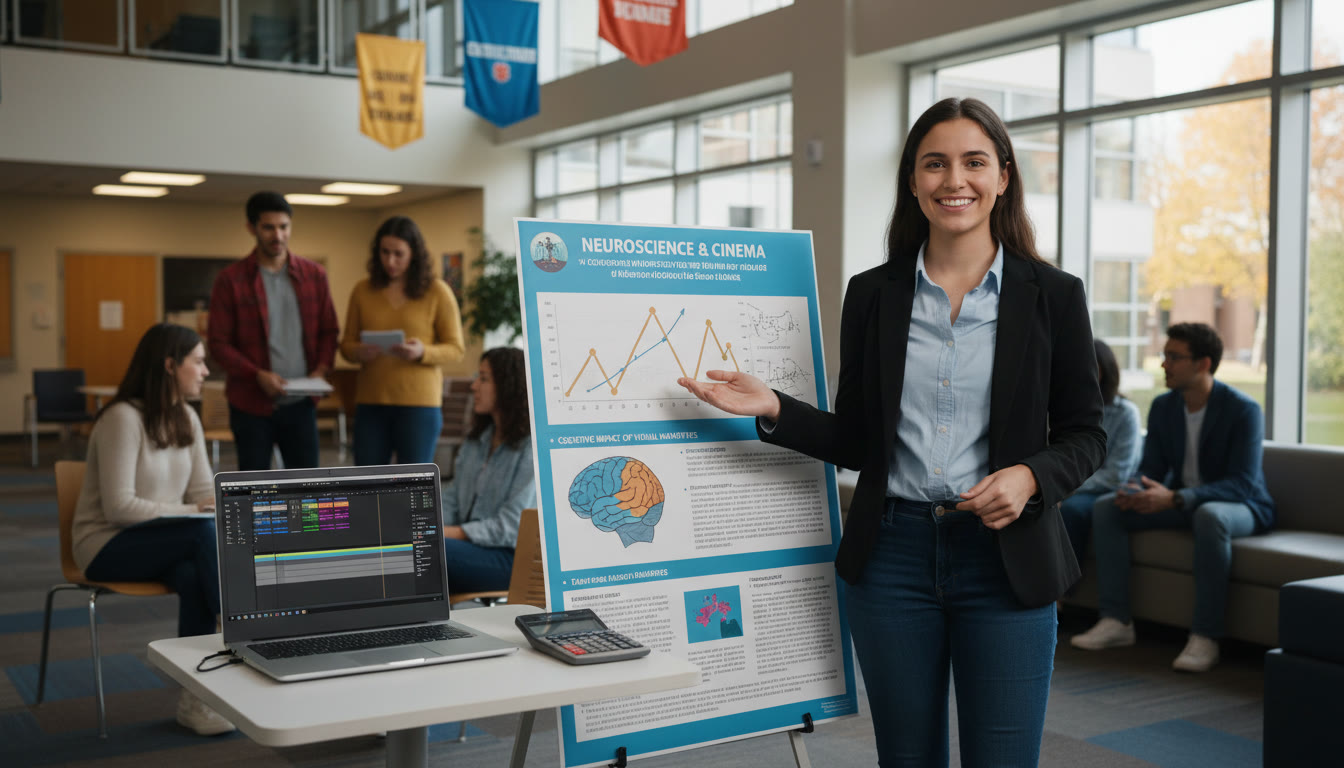
Parting encouragement
Preparing for AP NS&B, Film, and Math is a journey of practice, curiosity, and storytelling. Test scores and AP labels matter, but what will stay with admissions officers and with you are the projects you finish, the questions you keep asking, and the intellectual voice you develop. Keep a balance of discipline and play: reasoned study plus creative exploration is exactly the mix that helps you thrive at a place like Wesleyan.
If you want, I can help you build a personalized six-month study plan, a sample project outline (for a film or a research poster), or a mock interview script tailored to highlight your AP work — and we can sketch how targeted 1-on-1 tutoring might fit into that plan.
Ready to take the next step?
Tell me which AP you feel least confident about right now (NS&B, Film, or Math) and one concrete deadline you have (project due date, exam window, or college application deadline). I’ll draft a focused, week-by-week plan to get you there with momentum and confidence.






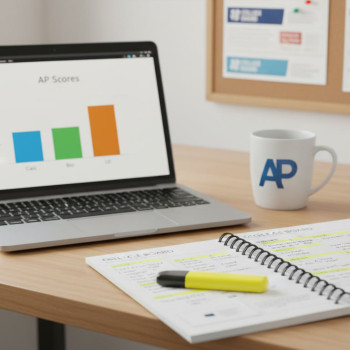

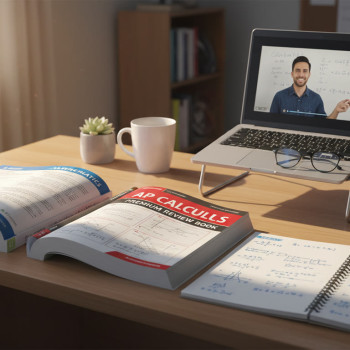
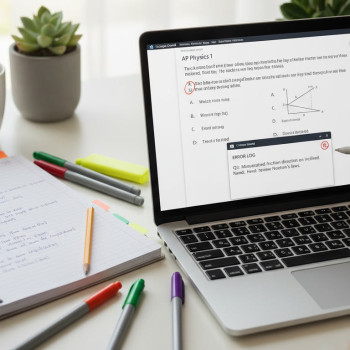









No Comments
Leave a comment Cancel